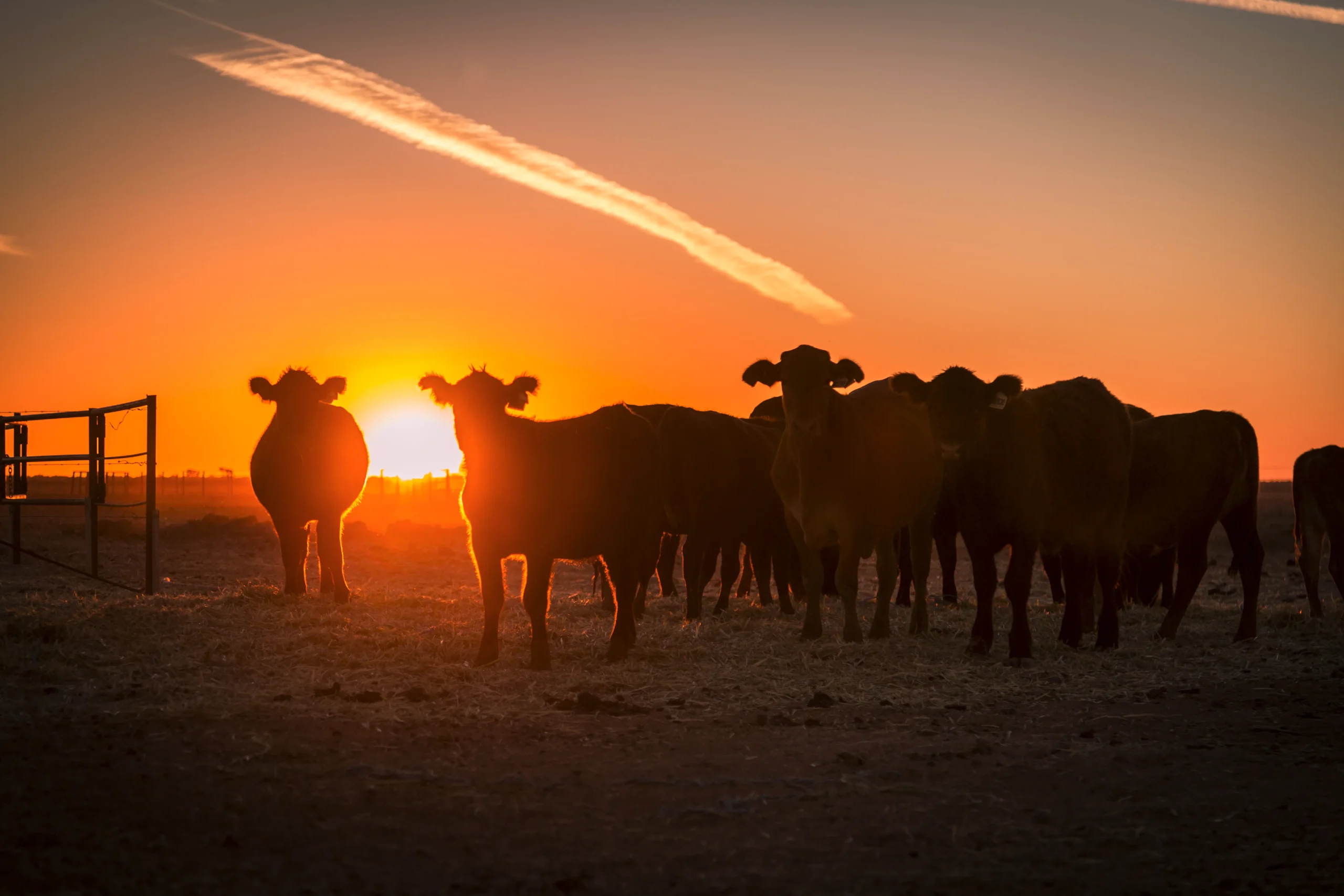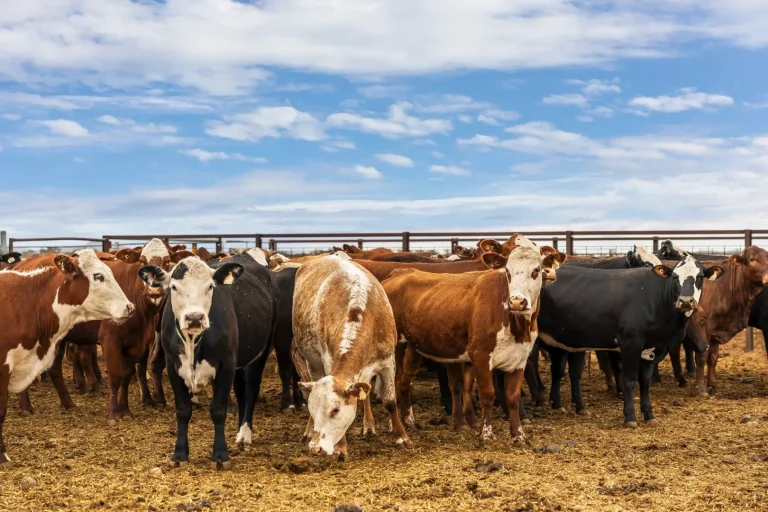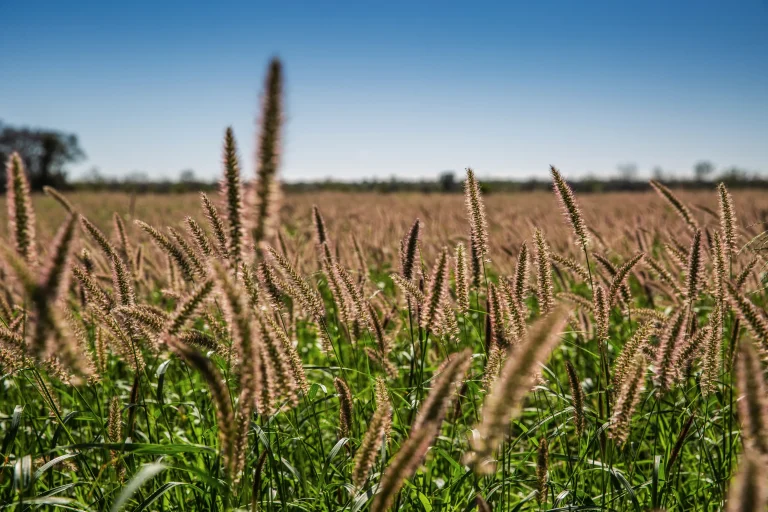Guidelines for Investing in Australia’s Dairy Farming Industry
Introduction
Australia’s dairy farming industry represents one of the nation’s most established and productive agricultural sectors, offering investors exposure to consistent cash flows, stable demand fundamentals, and opportunities for operational enhancement through modern farming practices. Understanding guidelines for investing in Australia’s dairy farming industry becomes essential for investors seeking to participate in this sophisticated agricultural sector that combines livestock management, land stewardship, and advanced production systems.
The Australian dairy sector encompasses diverse operational models from intensive pasture-based systems in high-rainfall regions to large-scale irrigated operations that optimize feed production and livestock management. These operations typically generate consistent revenue streams through established supply contracts, cooperative relationships, and direct marketing arrangements that provide income stability attractive to agricultural investors.
At Agribusiness Horizons, our extensive experience with dairy property transactions across Australia’s major dairying regions provides us with comprehensive insights into investment fundamentals, operational requirements, and market dynamics that distinguish successful dairy farming investments. Our specialized knowledge encompasses property evaluation, infrastructure assessment, and financial analysis specific to dairy operations.
This comprehensive guide examines the key considerations for dairy farming investment, providing practical insights for investors seeking to understand market characteristics, assess opportunities, and develop strategies that optimize returns while managing risks inherent in livestock-dependent agricultural operations.
Australia’s Dairy Industry Investment Context
Australia’s dairy industry operates across distinct geographic regions, each offering unique investment characteristics based on climate conditions, land costs, infrastructure availability, and market access. The sector’s maturity provides investors with established operational models, proven management systems, and reliable market channels that support investment analysis and performance projections.
Victorian dairy regions dominate national production through intensive pasture-based systems that optimize natural advantages including reliable rainfall, fertile soils, and proximity to processing facilities. These regions typically support higher stocking rates and more intensive management systems that generate superior per-hectare returns compared to extensive farming operations.
New South Wales coastal dairy regions offer opportunities for intensive production systems with access to both domestic and export markets. These operations often incorporate irrigation infrastructure and sophisticated feed management systems that provide operational flexibility and production consistency.
Queensland’s subtropical dairy operations represent emerging opportunities where climate advantages enable year-round production and counter-seasonal supply that commands premium pricing. These regions often require different management approaches and infrastructure solutions that appeal to investors seeking operational diversity.
The industry’s consolidation trend creates opportunities for strategic investors seeking to acquire established operations with growth potential through scale economies, technology adoption, or operational optimization. Understanding these consolidation dynamics helps investors identify properties positioned for value enhancement through strategic improvement initiatives.
Investment Fundamentals and Market Assessment
Production Systems and Operational Models
Successful dairy farming investment requires comprehensive understanding of different production systems and their respective advantages, challenges, and capital requirements. Pasture-based systems rely primarily on grazing management and seasonal production patterns that align with natural feed availability and optimal breeding cycles.
Intensive feed systems incorporate substantial feed production infrastructure, storage facilities, and feeding systems that provide greater production control and consistency. These systems typically require higher capital investment but offer more predictable cash flows and production optimization opportunities that appeal to investors seeking operational control.
Mixed systems combine pasture grazing with supplementary feeding to optimize production while managing seasonal variations and feed costs. These operations often provide operational flexibility that enables management adaptation to changing market conditions and seasonal challenges.
Irrigation infrastructure significantly influences dairy property values and operational potential, particularly in regions where natural rainfall variability affects pasture production. Properties with reliable water access and efficient irrigation systems command premium valuations from investors seeking production certainty and drought resilience.
Market Access and Supply Chain Integration
Dairy farming investment success depends significantly on market access arrangements, processing relationships, and supply chain positioning that influence both milk pricing and operational requirements. Long-term supply contracts with established processors provide income stability and cash flow predictability that supports investment planning and financing arrangements.
Cooperative participation offers dairy farmers shared ownership in processing facilities, marketing systems, and value-adding operations that can enhance returns through downstream integration. Understanding cooperative structures and participation requirements helps investors assess additional revenue streams and operational obligations.
Geographic proximity to processing facilities affects transportation costs, milk quality maintenance, and operational flexibility. Properties with excellent processor access typically enjoy competitive advantages through reduced logistics costs and enhanced supply chain efficiency.
Export market exposure through processing relationships provides opportunities for premium pricing when international demand exceeds domestic consumption, though it also introduces currency and trade policy risks that require careful consideration in investment analysis.
Operational Assessment and Infrastructure Evaluation
Livestock and Genetic Programs
Dairy herd quality represents a substantial component of operational value and ongoing productivity potential. Assessment of herd genetics, health records, breeding programs, and production performance provides insights into current productivity and future improvement potential that influence investment valuations.
Breeding program sophistication including artificial insemination usage, genetic selection criteria, and herd recording systems demonstrates management quality and productivity optimization efforts. Properties with established genetic improvement programs typically offer superior long-term productivity potential compared to operations with basic breeding practices.
Herd health management systems including vaccination protocols, disease prevention measures, and veterinary relationships affect both production performance and operational costs. Well-managed herds with comprehensive health programs typically demonstrate more consistent production and reduced veterinary costs.
Young stock development programs and replacement heifer management significantly influence long-term herd productivity and genetic advancement. Properties with established heifer rearing systems and proven replacement strategies offer operational advantages that support sustained productivity improvement.
Infrastructure and Facility Assessment
Dairy farming infrastructure requirements encompass milking facilities, feed storage systems, livestock housing, and support infrastructure that collectively determine operational efficiency and production capacity. Modern milking systems including rotary dairies, rapid-exit parlors, and automated systems enhance labor efficiency while improving milk quality and herd management capabilities.
Feed storage infrastructure including silage pits, hay sheds, and grain storage facilities enables efficient feed management and cost optimization through bulk purchasing and strategic feeding programs. Properties with comprehensive feed storage systems offer operational advantages during adverse seasonal conditions.
Effluent management systems represent increasingly important infrastructure components that address environmental compliance requirements while providing nutrient recycling opportunities. Modern effluent systems demonstrate environmental responsibility while supporting sustainable farming practices that appeal to quality-conscious investors.
Water infrastructure assessment includes supply reliability, storage capacity, and reticulation systems that support both livestock requirements and irrigation needs. Reliable water access represents fundamental infrastructure that influences carrying capacity and operational viability.
Financial Planning and Investment Structure Optimization
Dairy farming investment requires sophisticated financial analysis that accounts for working capital requirements, seasonal cash flow patterns, and capital expenditure needs specific to livestock operations. These operations typically require substantial upfront investment in livestock, infrastructure, and working capital before generating positive returns.
Cash flow modeling must account for seasonal production patterns, input cost variations, and milk price volatility that create monthly and annual cash flow fluctuations. Understanding these patterns helps investors plan financing arrangements and maintain adequate liquidity for operational management.
Livestock values represent significant asset components that require regular valuation and depreciation planning. Professional livestock valuation provides accurate asset assessment while supporting financing arrangements and insurance coverage determinations.
Capital expenditure planning includes facility maintenance, technology upgrades, and infrastructure expansion that support productivity improvement and operational efficiency. Strategic capital planning helps investors optimize returns while maintaining competitive operational standards.
| Investment Category | Pasture-Based Systems | Intensive Feed Systems | Mixed Production Systems |
|---|---|---|---|
| Capital Requirements | Moderate land investment, basic facilities | High infrastructure, feed systems | Balanced infrastructure needs |
| Operational Complexity | Seasonal management focus | Feed management intensive | Flexible system management |
| Risk Profile | Weather dependent, pasture variability | Feed cost exposure, technical complexity | Moderate risk, operational flexibility |
| Return Characteristics | Seasonal variation, lower input costs | More consistent, higher input costs | Balanced returns, moderate inputs |
How Agribusiness Horizons Supports Dairy Investment Guidance
At Agribusiness Horizons, we understand that following guidelines for investing in Australia’s dairy farming industry requires specialized knowledge of livestock operations, market dynamics, and infrastructure assessment specific to dairy farming enterprises. Our comprehensive investment support services combine deep agricultural expertise with proven transaction management capabilities to help investors identify and evaluate superior dairy farming opportunities.
Our valuation and financial analysis services provide accurate assessments of dairy operations using methodologies specifically developed for livestock enterprises. We account for herd quality, infrastructure condition, operational efficiency, and market positioning factors that influence dairy property values and investment returns.
Our operational assessment capabilities include comprehensive evaluation of production systems, infrastructure quality, and management practices that determine operational performance and improvement potential. We work with specialized dairy consultants, livestock experts, and facility engineers to provide thorough property evaluations.
The strategic advisory services we provide help investors develop acquisition criteria, operational improvement strategies, and portfolio management approaches aligned with dairy farming investment objectives. Whether seeking established operations or development opportunities, our guidance helps investors navigate complex market conditions while identifying opportunities with superior potential.
Our market intelligence services provide insights into dairy property availability, pricing trends, and emerging opportunities across Australia’s diverse dairying regions. We maintain extensive networks with dairy farmers, industry professionals, and agricultural service providers that often provide access to quality properties and market insights.
Our transaction management expertise ensures smooth completion of dairy property acquisitions through comprehensive due diligence coordination, documentation management, and regulatory compliance verification. We understand the unique aspects of livestock enterprise transactions and provide specialized support throughout the acquisition process.
Risk Management and Performance Optimization
Dairy farming investments face distinct risk factors including livestock health challenges, feed cost volatility, and market price fluctuations that require comprehensive risk management approaches. Understanding these risks and developing appropriate mitigation strategies protects investment capital while optimizing long-term returns.
Animal health risks including disease outbreaks, reproductive issues, and mortality events can significantly impact operational performance and financial returns. Comprehensive insurance coverage, vaccination programs, and veterinary relationships help manage these risks while maintaining herd productivity and operational continuity.
Feed cost management represents a critical risk factor for dairy operations, particularly during periods of drought or commodity price volatility. Properties with feed production capabilities, storage infrastructure, and strategic sourcing arrangements demonstrate better resilience during challenging market conditions.
Milk price volatility affects revenue predictability and cash flow management, requiring strategic approaches including forward contracting, hedging arrangements, and operational flexibility that enables cost adjustment during low-price periods.
Climate and seasonal risks affect both feed availability and livestock comfort, influencing production levels and operational costs. Properties with climate adaptation infrastructure including shade structures, ventilation systems, and drought management capabilities offer better resilience during adverse conditions.
Regulatory compliance requirements including environmental standards, animal welfare obligations, and food safety protocols create ongoing compliance costs and operational constraints. Understanding these requirements helps investors assess operational obligations and compliance costs that affect investment returns.
Future Trends and Strategic Considerations
Australia’s dairy industry continues adapting to changing consumer preferences, technological advancement, and environmental considerations that influence investment priorities and operational approaches. Understanding these trends helps investors position their portfolios to benefit from emerging opportunities while managing evolving challenges.
Technology adoption including automated milking systems, herd monitoring devices, and precision feeding equipment enhances operational efficiency while reducing labor requirements. Investment trends favor properties with established technology infrastructure or clear upgrade pathways that support productivity improvement and cost optimization.
Sustainability and environmental stewardship gain increasing importance as consumers and processors demand responsible farming practices. Properties with demonstrated environmental management, carbon reduction initiatives, and sustainable farming systems often attract premium valuations from sustainability-focused investors.
Alternative protein competition and plant-based dairy products create market challenges that require strategic responses through quality improvement, value-adding initiatives, and market differentiation. Understanding these competitive dynamics helps investors assess long-term market positioning and adaptation strategies.
Premium market opportunities including organic certification, grass-fed programs, and specialty product development provide revenue enhancement potential for properties positioned to meet specific market requirements. These opportunities often require operational modifications but can generate superior returns through market premiums.
Automation and labor efficiency become increasingly important as agricultural labor availability presents ongoing challenges. Properties with automation potential or established efficient systems offer competitive advantages that support long-term operational viability and investment returns.
Conclusion
Successfully implementing guidelines for investing in Australia’s dairy farming industry requires comprehensive understanding of production systems, market dynamics, and operational requirements specific to livestock enterprises combined with sophisticated financial planning and risk management approaches. Australia’s dairy sector offers attractive investment opportunities for investors seeking exposure to established agricultural operations with consistent cash flow generation and operational enhancement potential.
The complexity of dairy farming operations demands thorough due diligence, accurate financial modeling, and strategic thinking that accounts for both current performance and future improvement opportunities. Investors who invest time and resources in comprehensive market analysis and professional guidance position themselves for operational success and strong investment returns in Australia’s competitive dairy property market.
Professional investment support throughout the evaluation and acquisition process helps investors avoid costly mistakes while identifying opportunities that others might overlook. The investment in expert guidance typically generates substantial returns through improved investment selection, enhanced operational efficiency, and optimized risk management.
As you consider dairy farming investment opportunities, reflect on these important questions: What production systems and operational models best align with your investment objectives and risk tolerance? How can comprehensive market analysis and professional guidance help you identify dairy properties with superior return potential? What risk management strategies and operational improvements will optimize your investment performance while protecting against downside risks inherent in livestock enterprises?
At Agribusiness Horizons, we bring specialized expertise in Australian dairy farming investment analysis to help investors identify and evaluate superior opportunities in this established agricultural sector. Our comprehensive understanding of dairy operations, market dynamics, and investment fundamentals positions us to guide investors through complex evaluation processes while identifying opportunities with exceptional long-term potential. Contact us today to discuss how our dairy investment expertise can support your agricultural investment objectives and position your portfolio for sustained success in Australia’s dynamic dairy farming industry.



